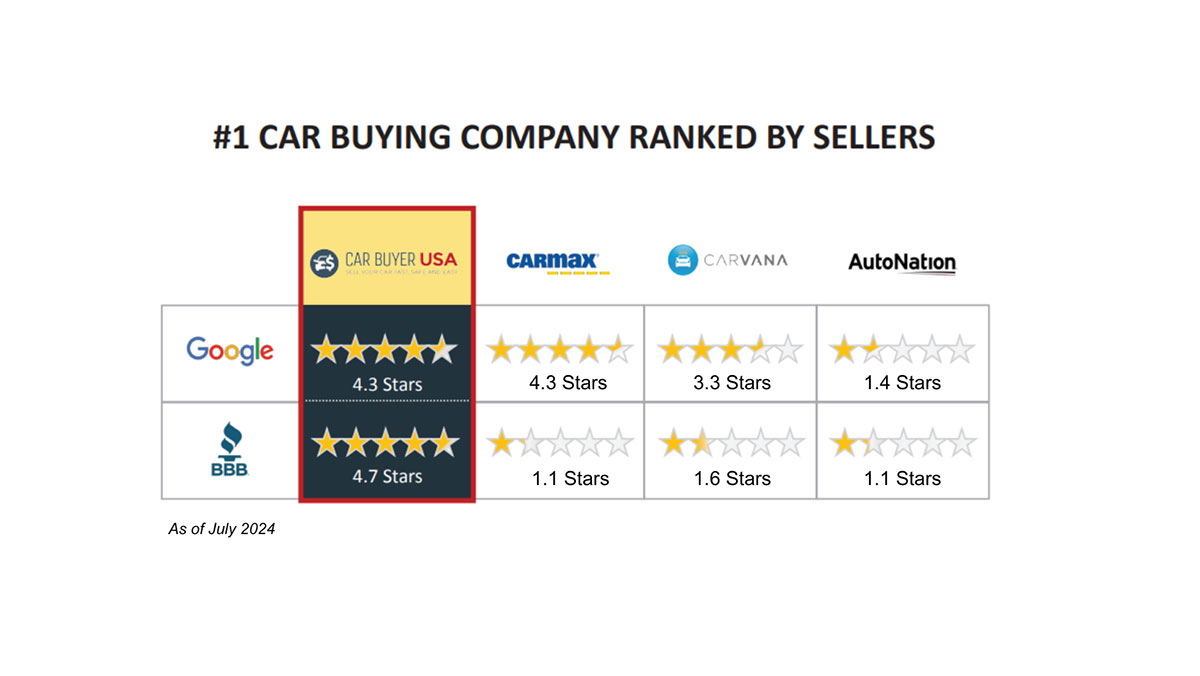
The automotive industry is ALWAYS undergoing a transformation, driven by several key trends that are influencing both market dynamics and consumer behavior. From the growing interest in electric vehicles (EVs) to the shifting landscape of the used car market, the rise of online car shopping, and the persistent challenges posed by supply chain disruptions, 2024 shaped up to be a pivotal year for car buyers and sellers alike.
Electric vehicles are at the forefront of many conversations, as automakers continue to ramp up production in response to both regulatory pressures and shifting consumer demand. However, despite the increasing number of EV models available, consumer adoption has been slower than anticipated. In 2024, EV sales in the U.S. were expected to surpass one million units, signaling steady growth, although manufacturers still face the challenge of convincing a larger segment of the population to make the switch to electric vehicles.
Meanwhile, the used car market is experiencing its own unique shifts. In recent years, older used cars (typically more than five years old) have become more desirable as consumers look for affordable alternatives to increasingly expensive new cars. With many consumers unable to afford new vehicles, they are turning to older models, pushing their prices higher. This trend is especially concerning for buyers seeking budget-friendly options, as even the used car market has seen significant inflation. One of the underlying factors contributing to rising vehicle prices—both new and used—has been the ongoing semiconductor shortage. These chips, which are essential for everything from basic vehicle functions to advanced driver-assistance systems, remain in short supply. The pandemic disrupted global supply chains, and automakers are still feeling the effects. As a result, production has been slow, driving up both wholesale and retail prices for vehicles. While automakers are working to address the shortage, it remains a persistent issue that continues to impact vehicle availability and pricing.
At the same time, the way people shop for cars has fundamentally changed. 2020 accelerated the shift toward online car shopping, with platforms such as our platform carbuyerusa.com . More consumers are opting to complete their car purchases entirely online, bypassing traditional dealership experiences. This trend is expected to continue, as digital platforms provide convenience, transparency, and a more streamlined process for car buyers. Car Buyer USA is your great choice. Getting the highest price is your goal and 3 OUT OF 4 TIMES WE BEAT OUT OUR COMPETITION ON PRICING! Be... “one of the 3” ! When selling your vehicle, getting the best deal is a top priority!
Altogether, these trends suggest that the car-buying experience is becoming more dynamic, shaped by a complex interplay of technological advancements, economic factors, and shifting consumer preferences. For buyers and sellers alike, 2024 has represented a year of both challenges and opportunities in navigating this evolving landscape.


